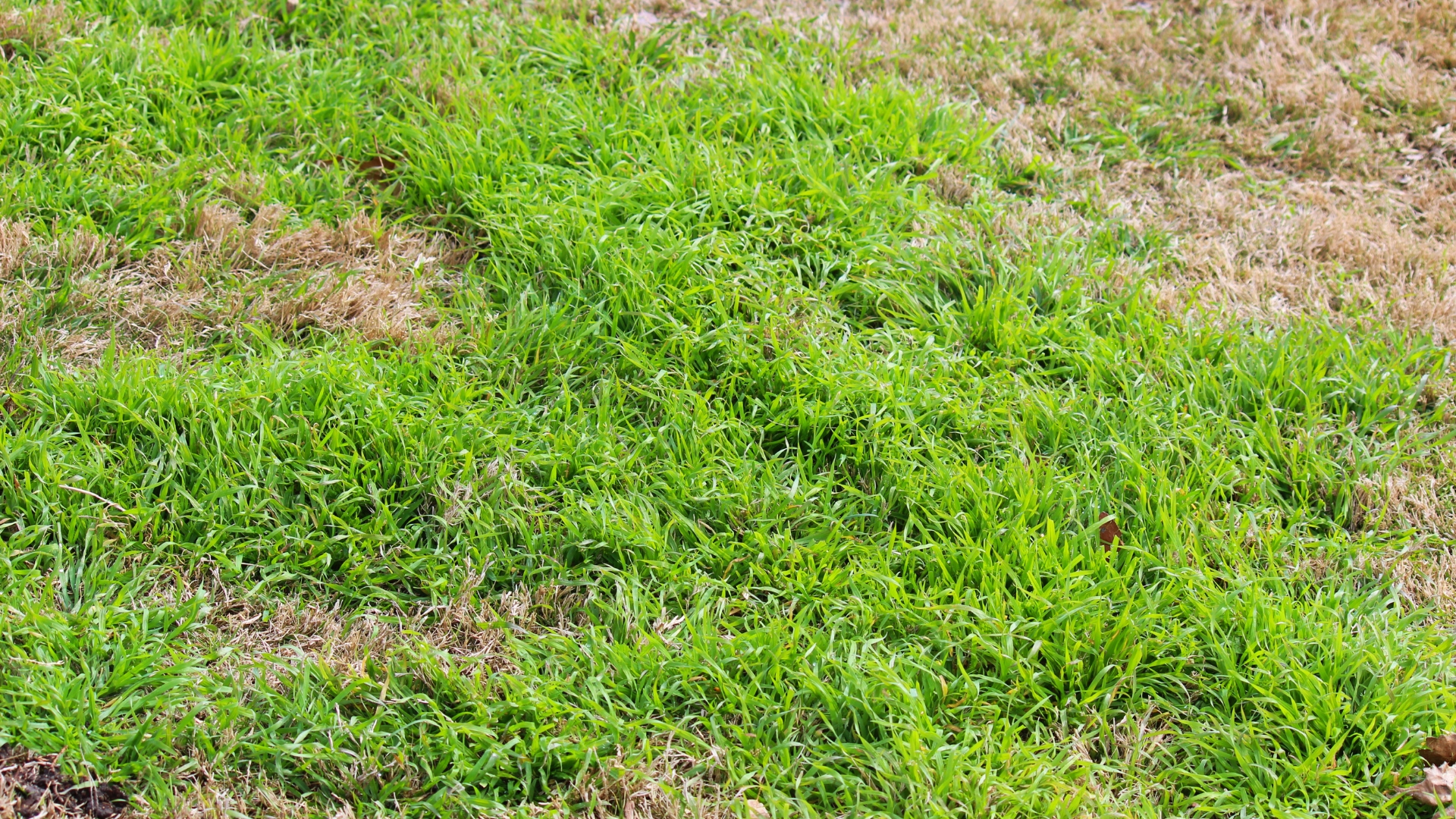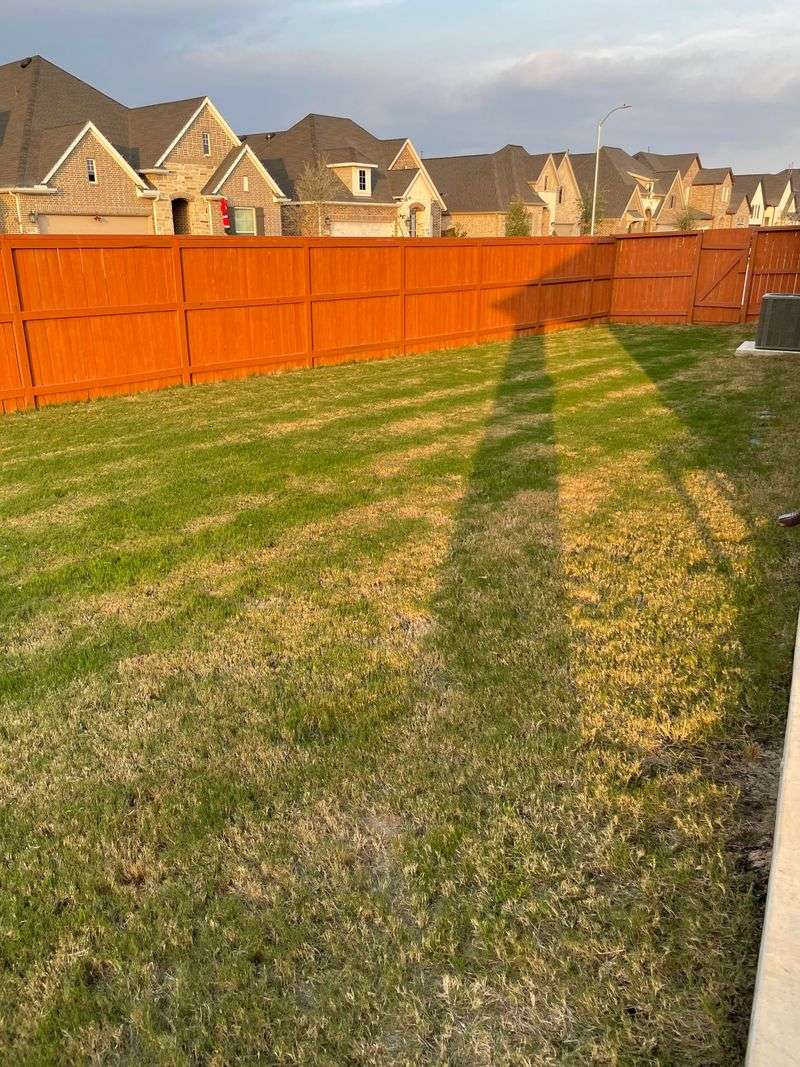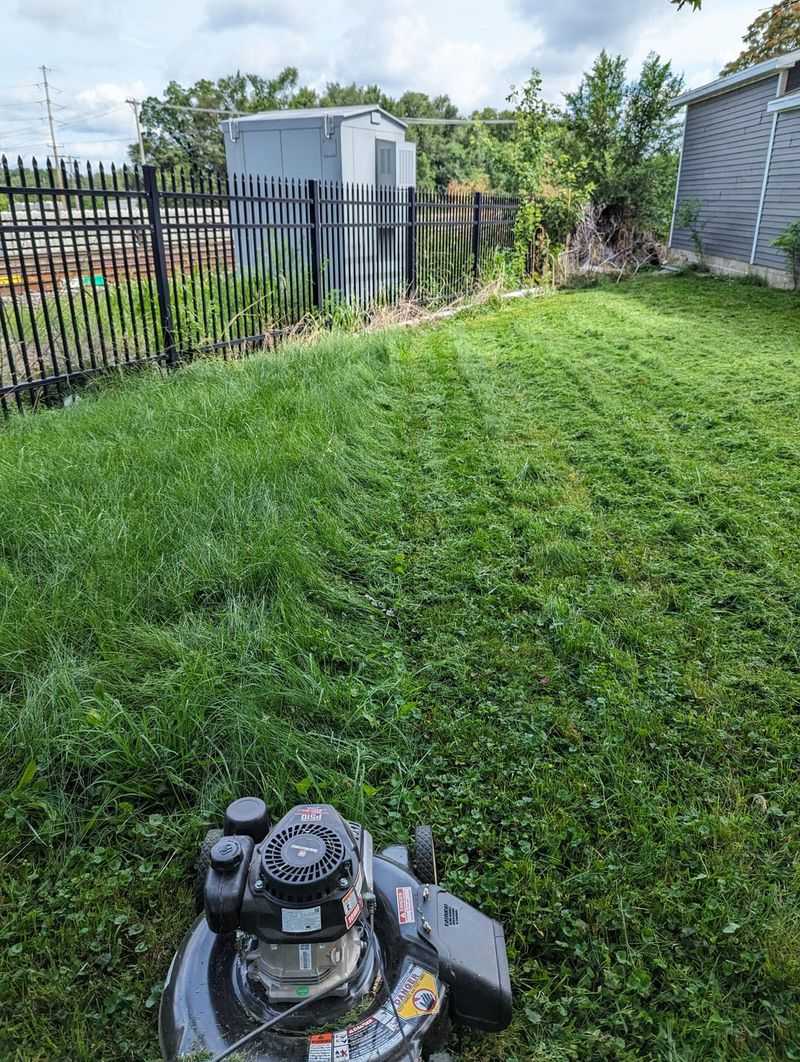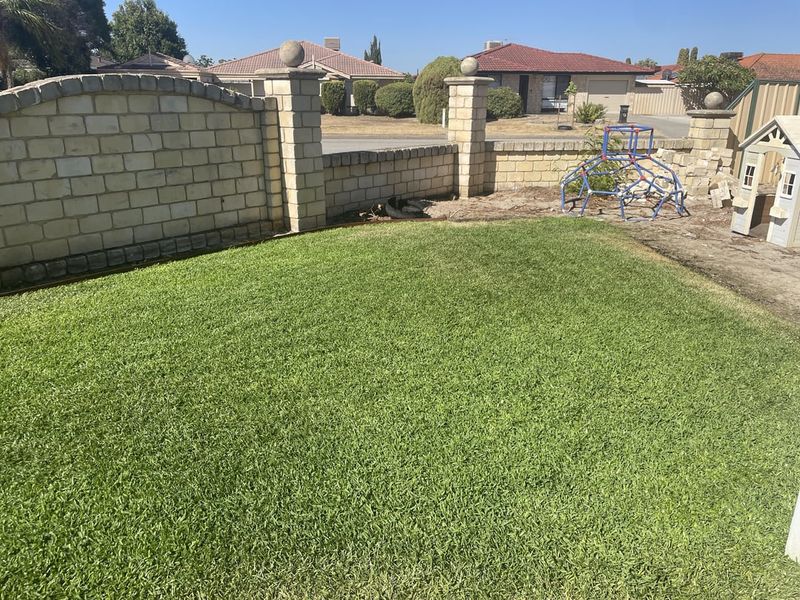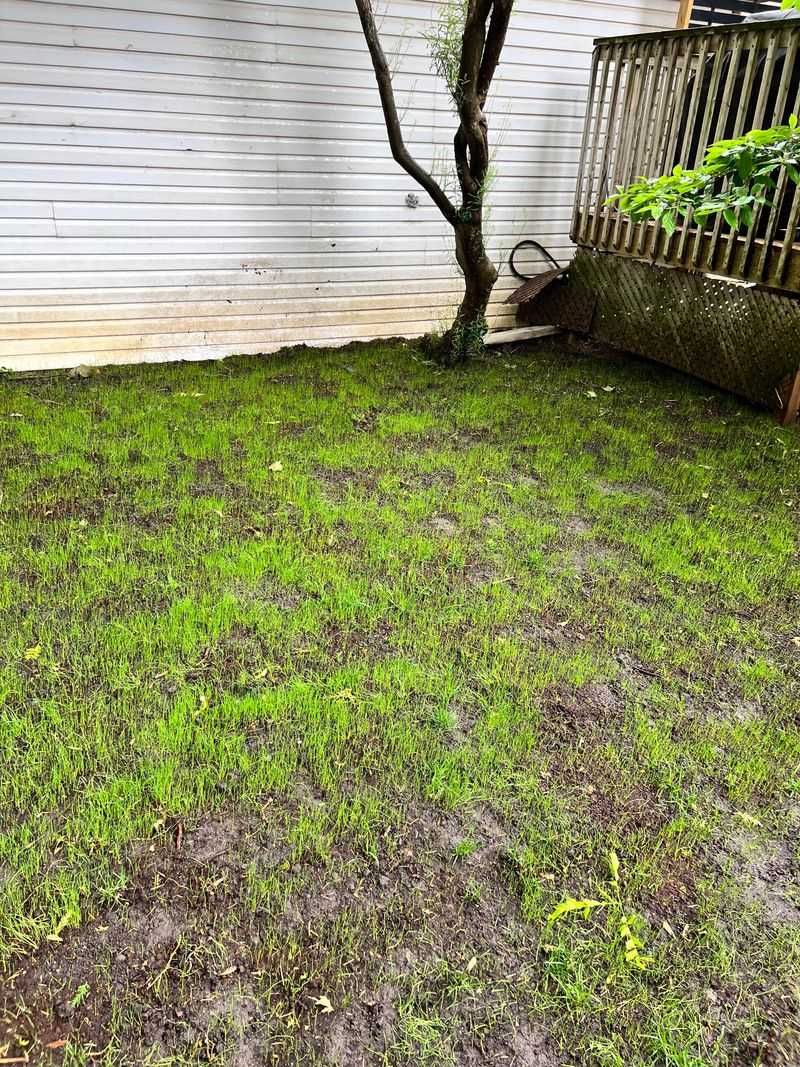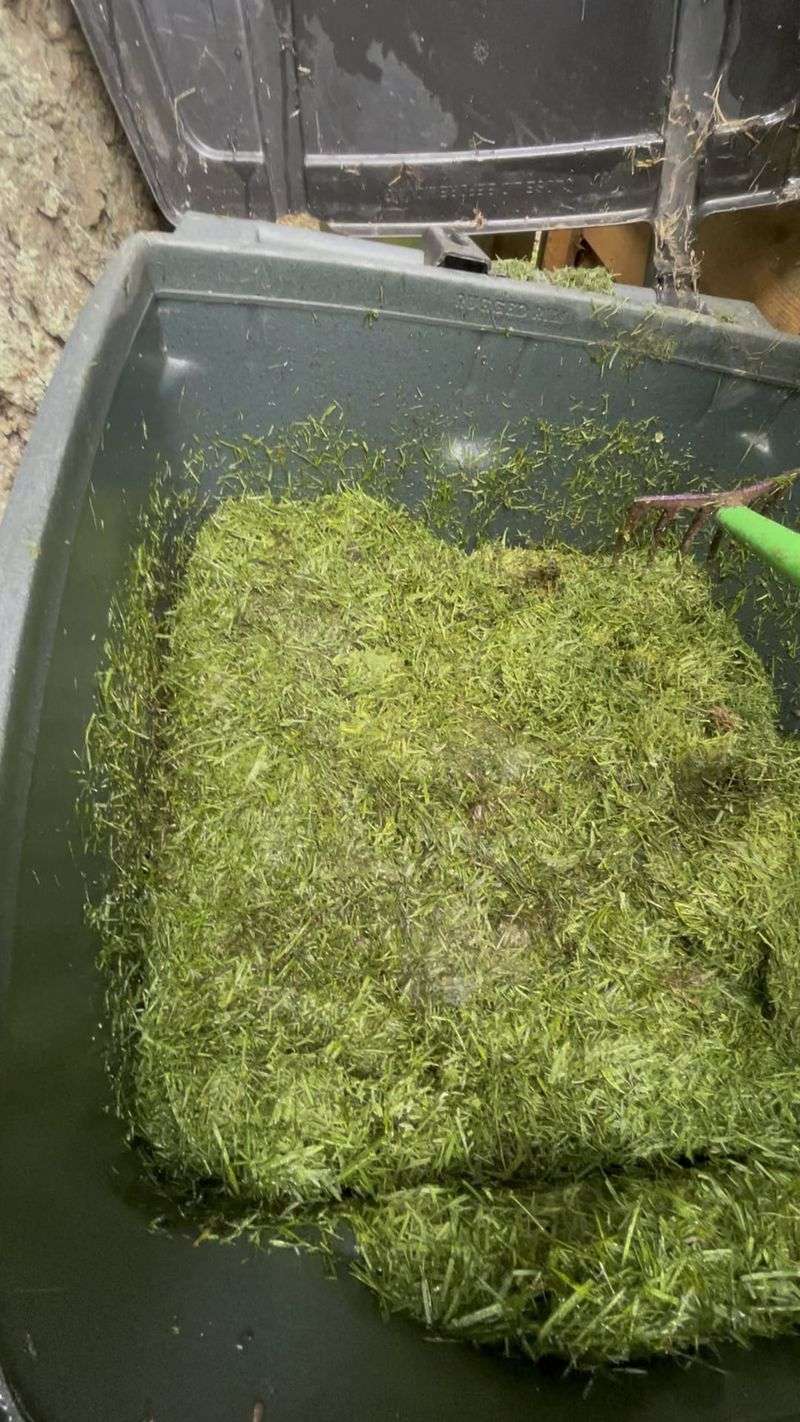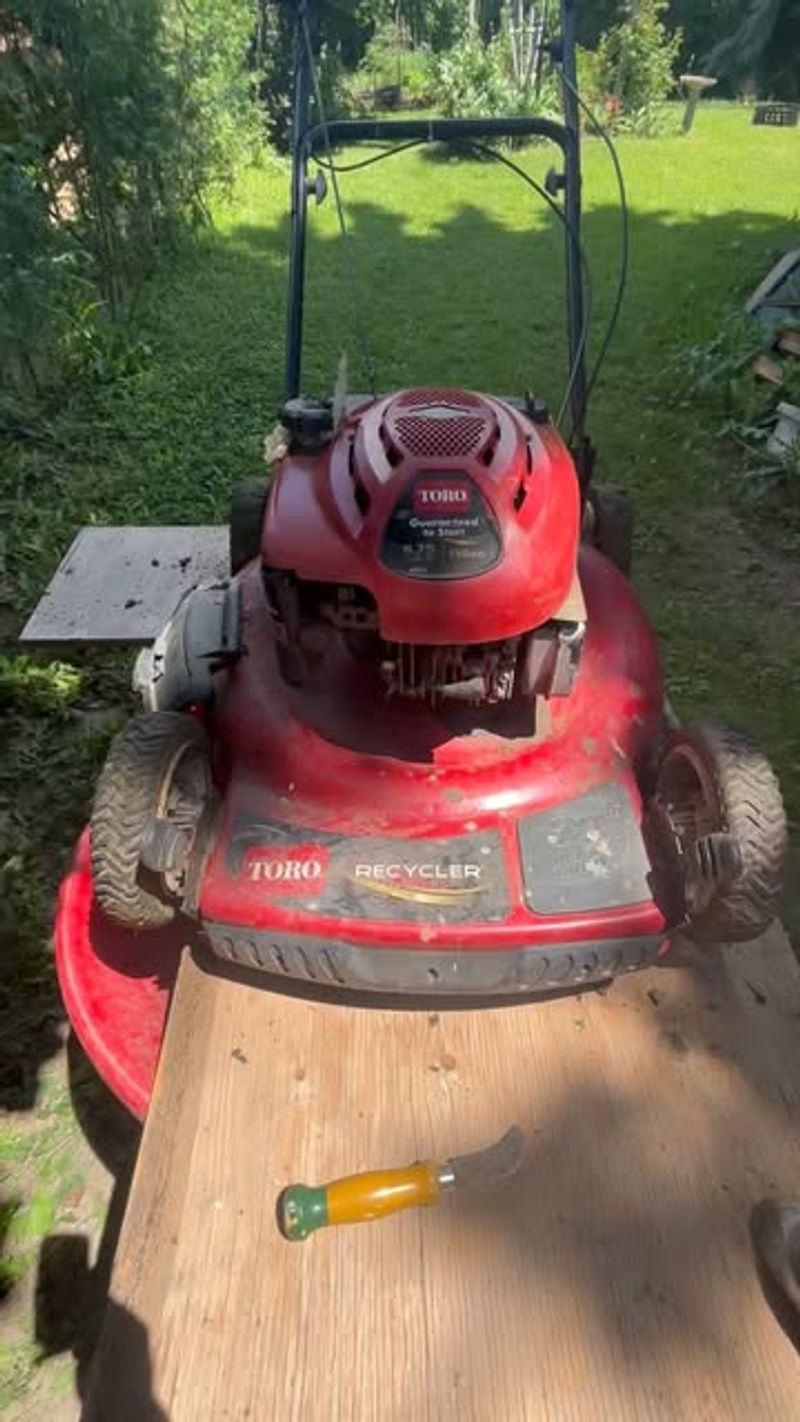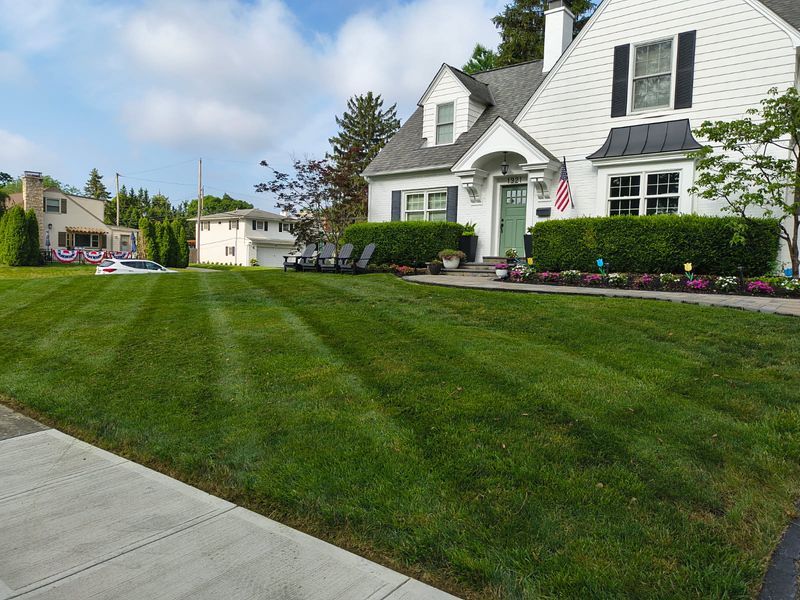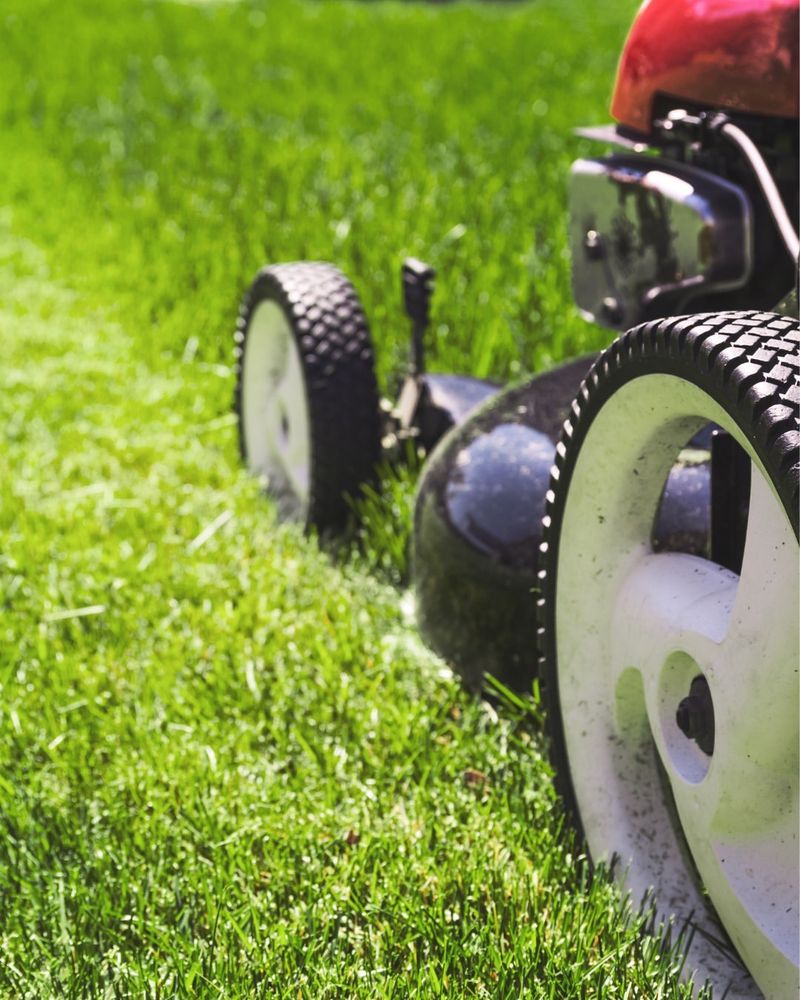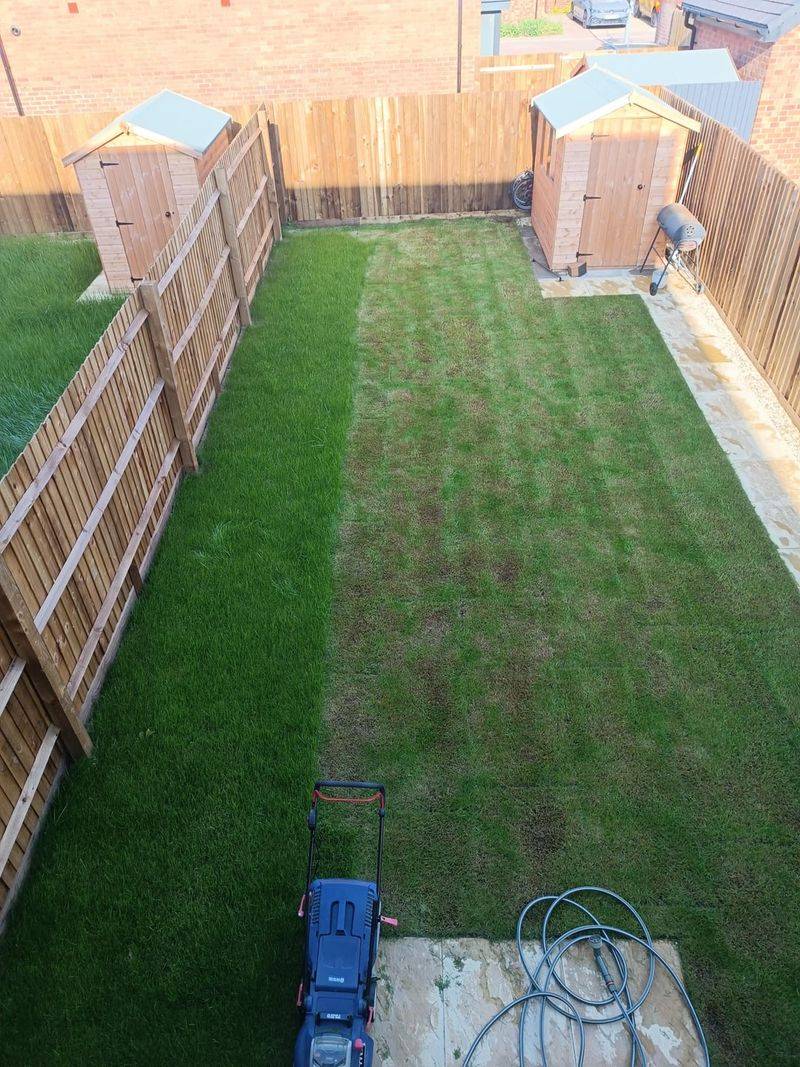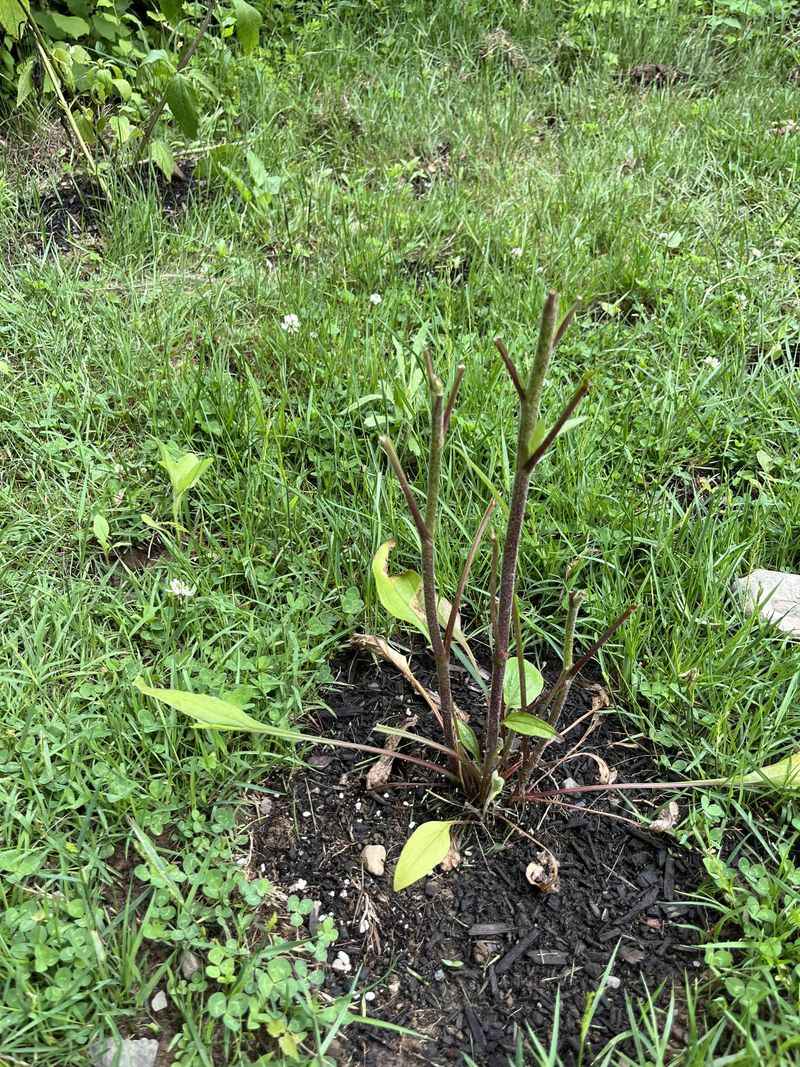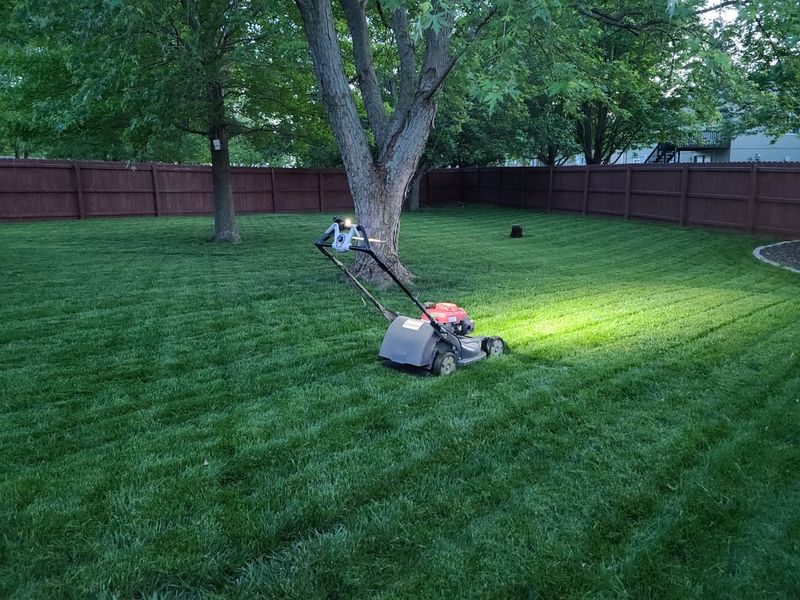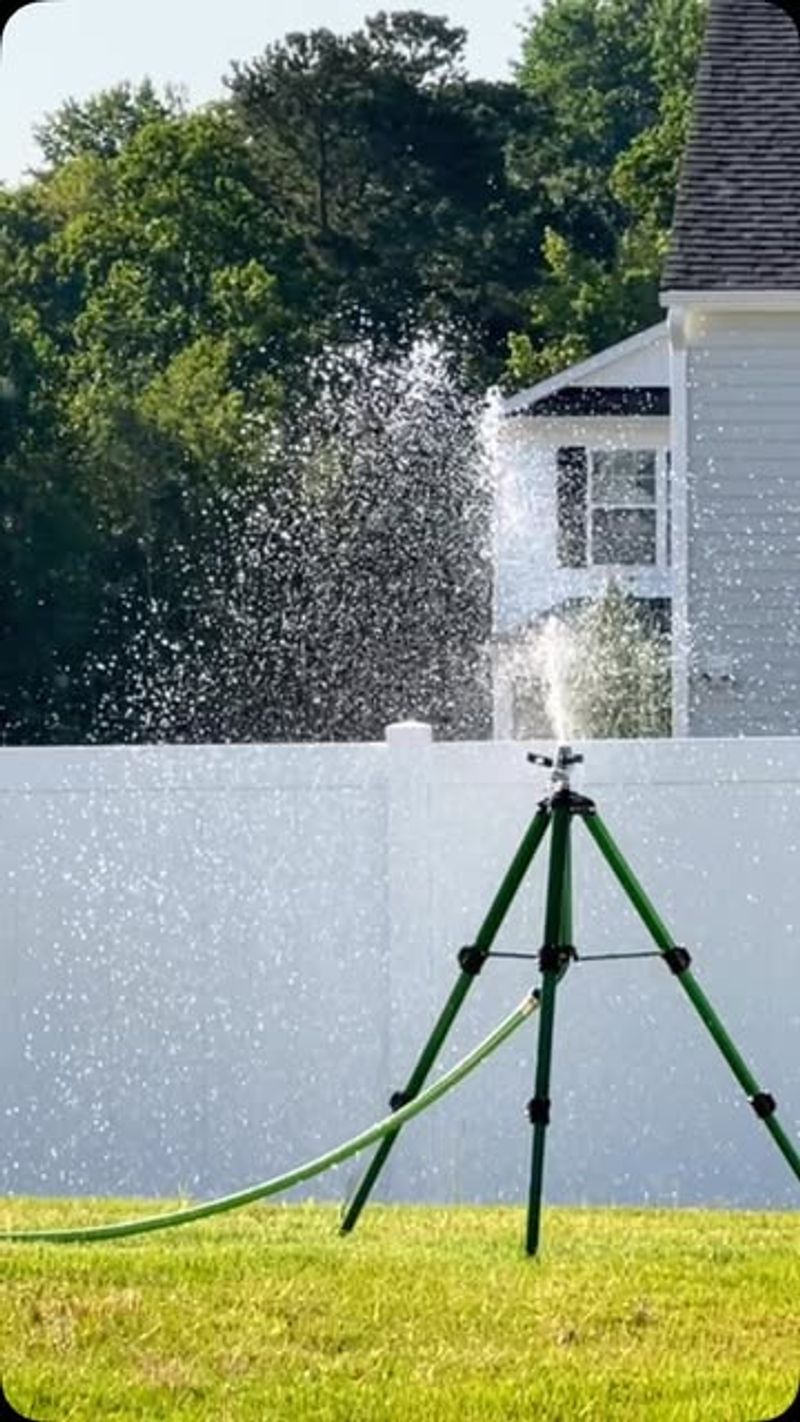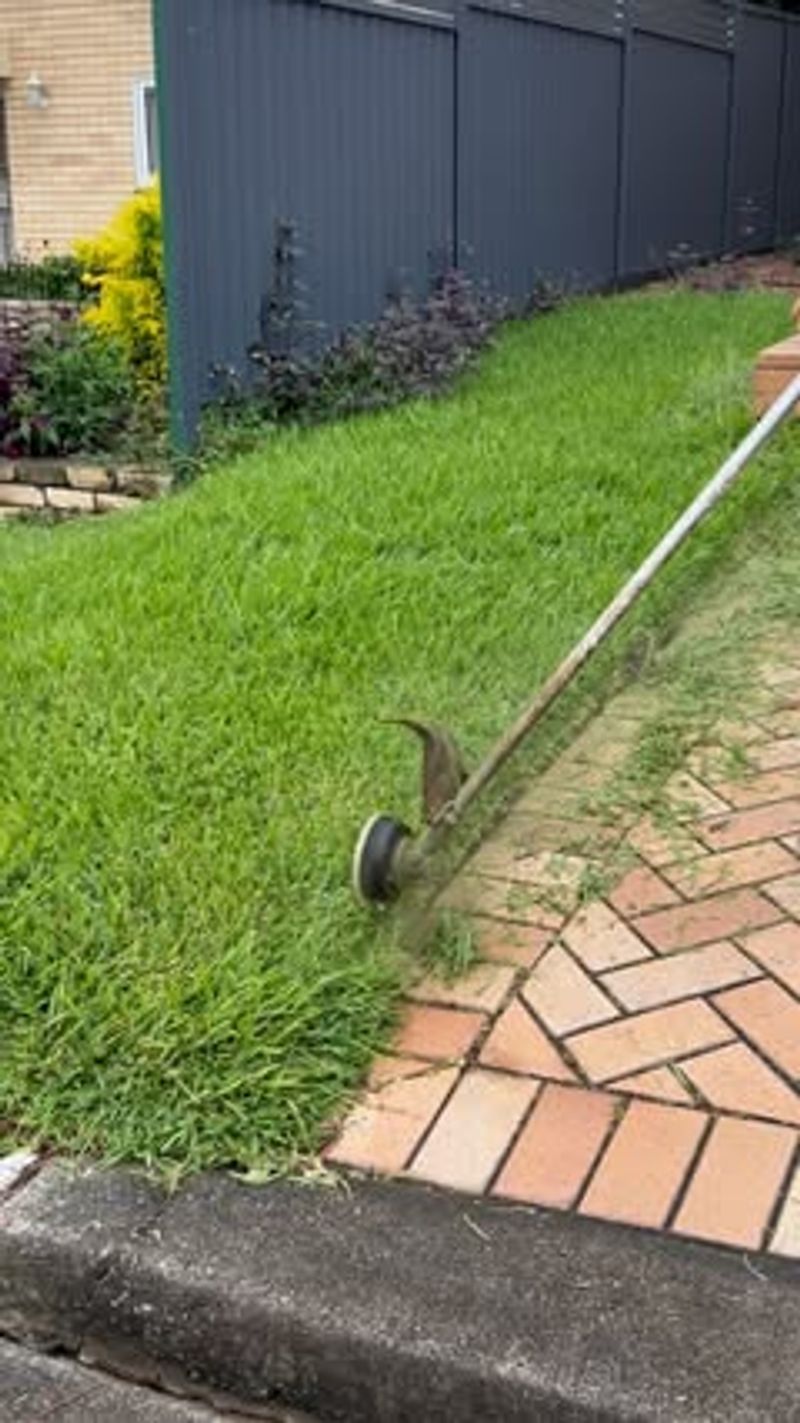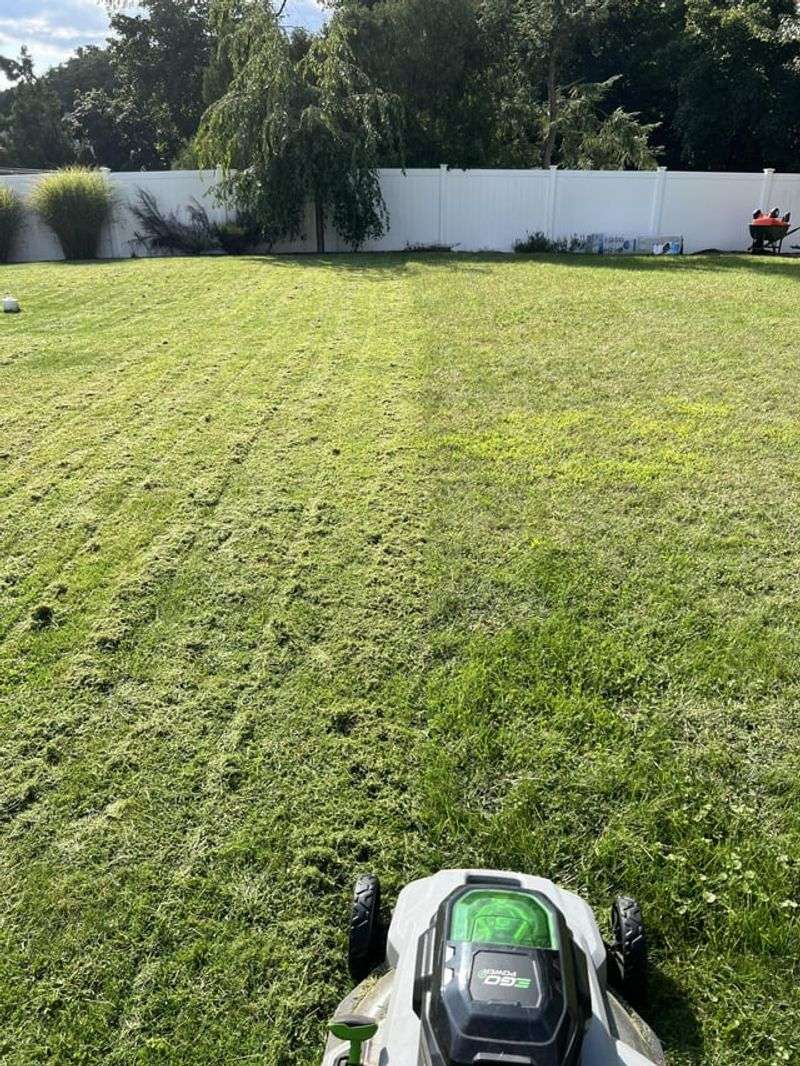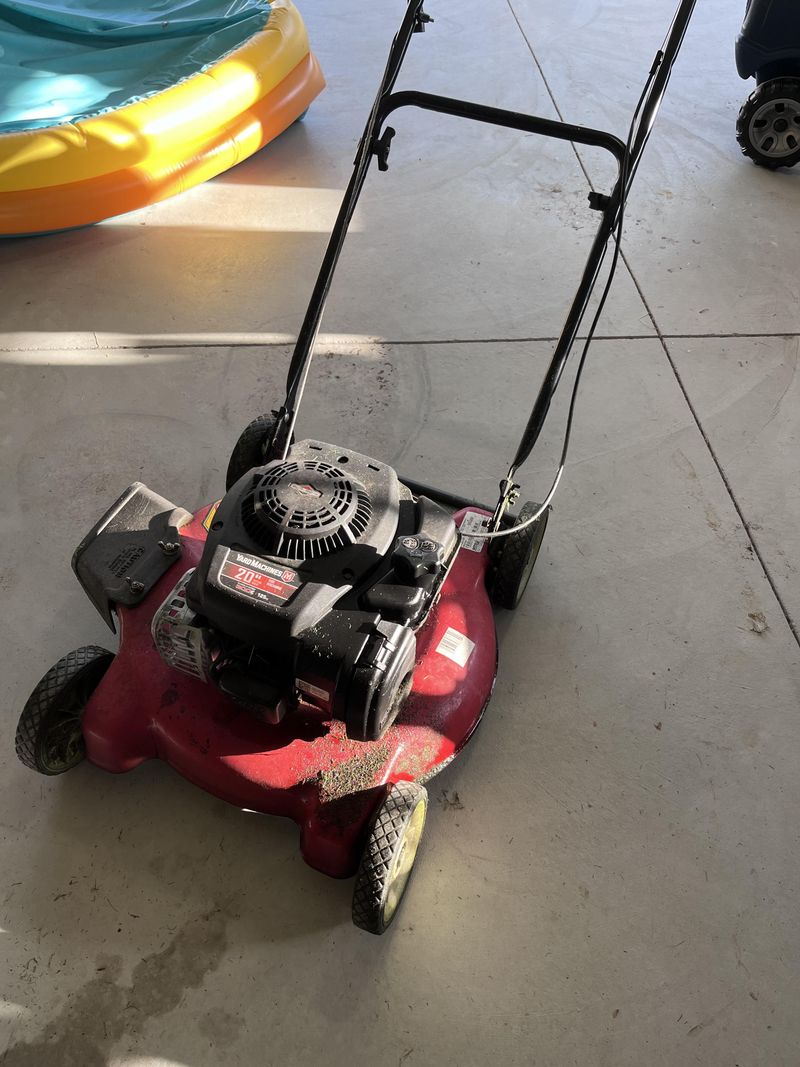Mowing the lawn in Texas isn’t just about keeping things tidy—it’s practically a way of life. But even the most seasoned weekend warriors might be breaking a few rules without knowing it.
From cutting too short to ignoring the heat’s impact, there are some common habits that can do more harm than good. I’ve seen perfectly good grass turn crispy just because of one small mistake.
If your lawn’s not looking as lush as it should, one of these sneaky slip-ups might be the reason.
1. Mowing During Water Restrictions
Many Texans don’t realize that municipal water restrictions affect more than just sprinklers. Cutting grass too short during drought conditions stresses the lawn and increases water needs.
Several Texas cities have specific guidelines about lawn height during conservation periods. Keeping your grass taller actually helps it survive with less water by promoting deeper root growth.
2. Ignoring HOA Mowing Schedules
Your homeowners association rules aren’t just suggestions. Many Texas HOAs have specific days and times when lawn maintenance is permitted, often to reduce noise disturbances.
Violating these schedules in communities from Dallas to San Antonio can result in surprise fines. Check your neighborhood covenants for approved mowing windows – usually between 8 AM and 8 PM on weekdays.
3. Cutting Grass Too Short
The scorching Texas sun can quickly turn a too-short lawn into a brown, crispy mess. Scalping your grass removes its natural protection and exposes soil to evaporation.
Lawn experts across the Lone Star State recommend keeping St. Augustine grass at 3-4 inches and Bermuda at 1-2 inches. Adjusting your mower height seasonally helps grass develop stronger root systems that survive Texas heat waves.
4. Mowing Wet Grass
After those rare Texas downpours, patience pays off. Cutting wet grass tears rather than cuts the blades, creating entry points for disease and weakening your lawn’s overall health.
The humidity in East Texas makes this especially problematic. Wet clippings also clump together, blocking sunlight and potentially killing patches of your lawn. Wait until your grass is completely dry before mowing.
5. Disposing Clippings Improperly
Tossing grass clippings into Texas storm drains might seem convenient, but it’s actually illegal in most municipalities. These clippings contribute to water pollution and can cause drainage problems.
Cities like Houston and Austin have specific ordinances against this practice. The best approach is leaving shorter clippings on the lawn as natural fertilizer or composting longer ones – a practice many Texas gardeners swear by.
6. Neglecting Equipment Maintenance
Dull mower blades tear grass instead of cutting it cleanly, creating stress and making your lawn more susceptible to disease. The extreme Texas heat makes this damage even worse.
Professional landscapers across the state sharpen their blades every 8-10 hours of use. Regular oil changes and air filter cleanings are also essential for equipment longevity in the dusty Texas environment.
7. Mowing During Peak Heat
Firing up your mower at high noon in August isn’t just uncomfortable – it’s stressful for your grass. The combination of cutting and intense Texas sun can shock grass plants and cause browning.
Morning mowing (after dew dries) is ideal across the state, especially in South Texas. Evening works too, but avoid cutting within two hours of sunset as moisture on freshly cut grass can promote fungal growth.
8. Violating Noise Ordinances
Early birds beware – many Texas municipalities have specific noise ordinances that restrict when you can operate lawn equipment. Starting your mower at 6 AM on Saturday might wake up your neighbors and cost you a fine.
Cities like Austin limit residential lawn equipment use to between 7 AM and 10 PM. Check your local Texas ordinances, as some areas have even stricter weekend restrictions to protect neighborhood peace and quiet.
9. Cutting More Than One-Third
The one-third rule exists for a reason, yet many Texas homeowners ignore it. Removing more than a third of grass height at once shocks the plant and creates excessive clippings that can smother your lawn.
For the tall grasses common in North Texas, this might mean more frequent mowing during growth seasons. Following this rule promotes healthier roots and better drought resistance – crucial for surviving Texas summers.
10. Ignoring Protected Plants
Texas is home to several protected native plant species that shouldn’t be mowed down. Wildflowers like bluebonnets and Indian paintbrush have special status and sometimes legal protections.
Many Central Texas communities have ordinances protecting these native species. Consider designating areas of your yard for these plants to thrive, mowing around them during their growing seasons. They’ll reward you with beautiful blooms and support local pollinators.
11. Mowing Against Natural Patterns
Cutting your grass in the same direction every time might seem efficient, but it causes problems. Grass develops a grain or growth pattern, and Texas lawns are particularly susceptible to developing ruts from repeated identical mowing paths.
Professional groundskeepers across the Lone Star State alternate their mowing direction each session. This practice prevents soil compaction, reduces wear patterns, and encourages more upright growth for a healthier, more attractive lawn.
12. Forgetting Watering Restrictions
Mowing right before or after watering your lawn can cause serious damage. Many Texas homeowners don’t realize their cities have strict watering schedules, especially during summer months.
Cities like San Antonio and Dallas enforce even/odd day watering systems. Plan your mowing schedule around these restrictions – cut your grass a day or two before your designated watering day for optimal results and to avoid municipal fines.
13. Skipping Edge Maintenance
Neat edges make the difference between an amateur and professional-looking yard. Many Texas homeowners focus only on mowing while neglecting the crucial step of edging along sidewalks and driveways.
The intense Texas sun highlights these unmaintained edges. Communities from El Paso to Houston often include edge maintenance in their property upkeep codes. Regular edging prevents grass from encroaching on hardscapes and creates that crisp, defined look.
14. Improper Mowing on Slopes
Those Texas Hill Country properties require special mowing techniques. Cutting up and down slopes increases the risk of accidents and causes erosion problems that can damage your property.
Safety experts across Texas recommend mowing across slopes, not up and down. For steeper inclines common in parts of Austin and San Antonio, consider alternatives like groundcover plants or terracing rather than maintaining grass that requires dangerous mowing.
15. Neglecting Seasonal Adjustments
Texas has distinct growing seasons that require different mowing approaches. Many homeowners maintain the same cutting height year-round, missing opportunities to strengthen their lawns against seasonal stresses.
Lawn experts in the Lone Star State recommend raising your mower height in summer to protect roots from heat. In fall, gradually lower it to prevent fungal growth during humid winter months, especially in Gulf Coast areas like Corpus Christi and Galveston.

